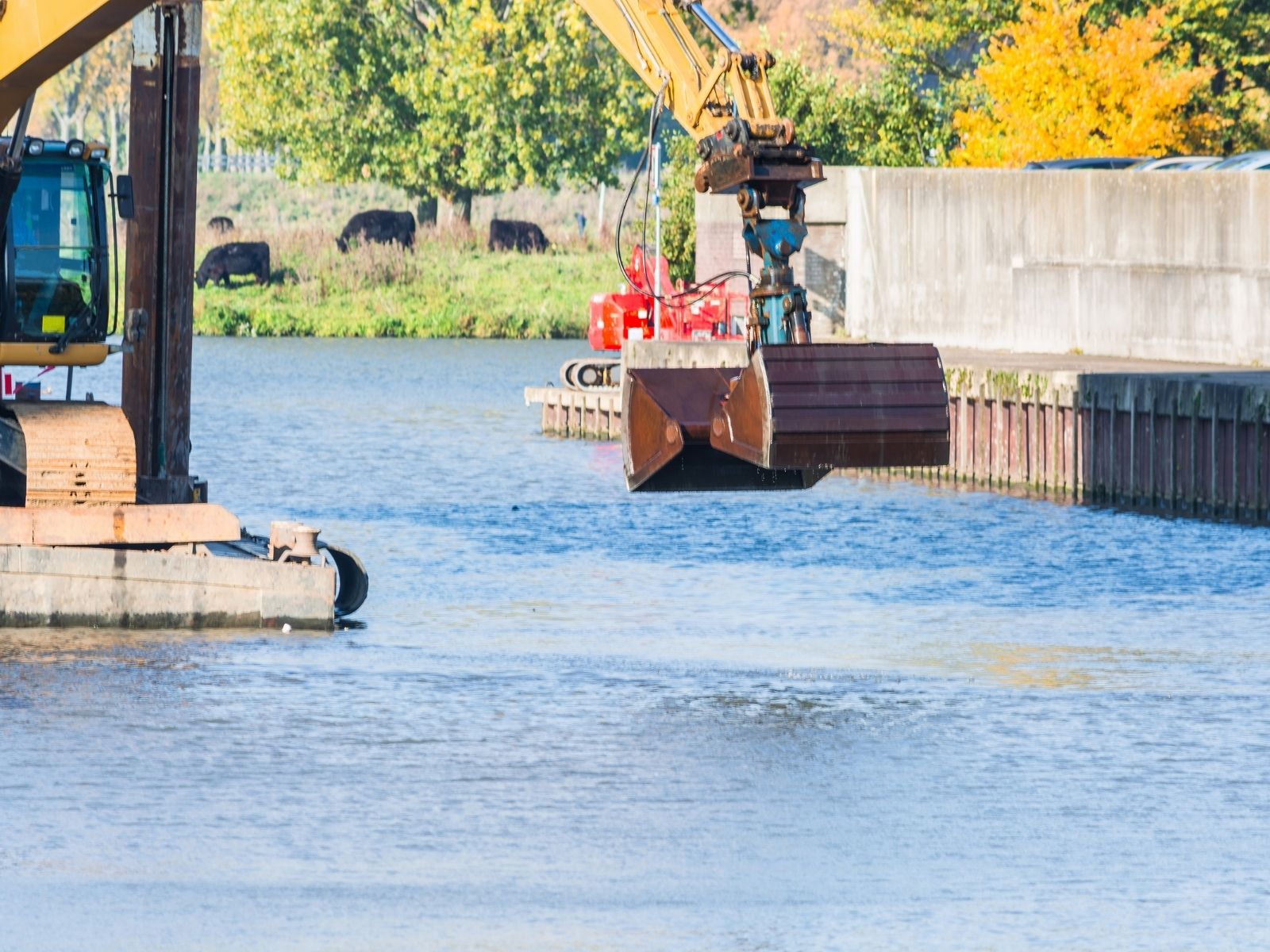Dredging is a process of removing large quantities of sediment and water from an area. There are several different types of dredging services that can be used for different purposes.
The most common type of dredging is filled-dredging, which involves using a vessel to fill a basin or channel with sediment. This can be used to clear obstructions from waterways or to create new channels. Another type of dredging is un-filled-dredging, which involves using a vessel to remove sediment from an open body of water. This can be used to clear the way for vessels or to extract valuable resources like oil or gas. If you need help choosing the best Services for your specific needs, You can visit Coast Seawall.

Image Source: Google
Dredgers can also be used for clean-up after natural disasters like earthquakes or floods. They can help remove debris and hazardous materials underwater, making it easier for emergency teams to work safely. Dredgers are also often used in mining operations, where they are used to remove heavy rock formations from the ground.
Benefits of Dredging
They can be used to clear obstructions from waterways or to create new channels. This can be useful for both civilian and military purposes.
They are also often used in mining operations, where they are used to remove heavy rock formations from the ground. This is a very important task, as it helps to decrease the amount of time and energy that is needed to extract valuable resources.

